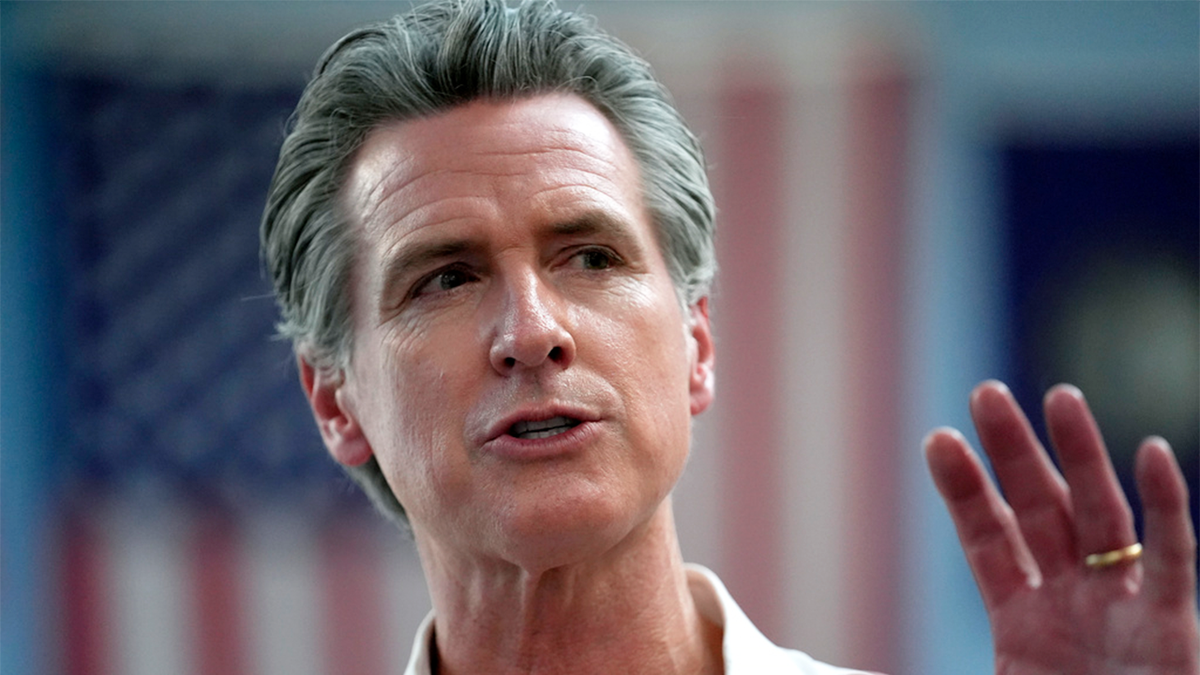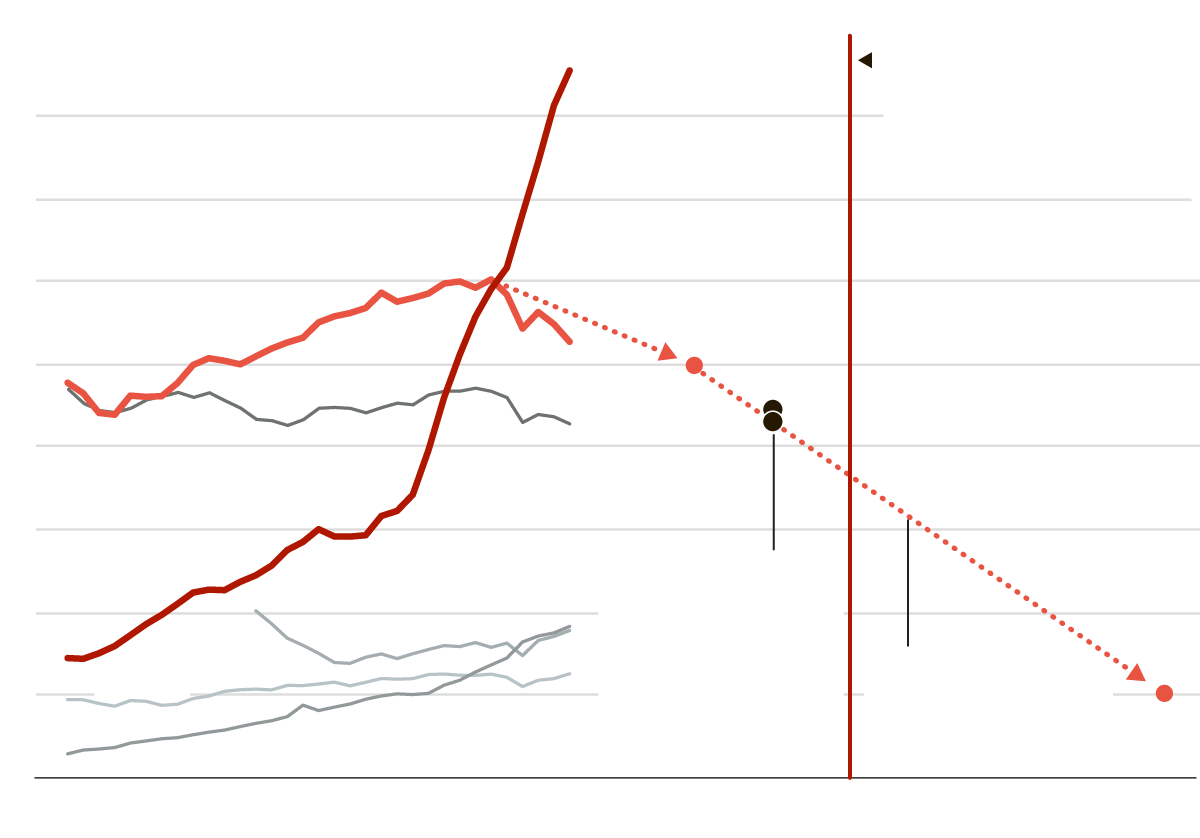Middle Management: Bridging The Gap Between Leadership And Workforce

Table of Contents
Communication and Information Flow: The Middle Manager as a Conduit
Effective communication is the bedrock of any successful organization. Information needs to flow seamlessly in both directions: from leadership to the workforce, clearly articulating goals and strategies, and from the workforce to leadership, providing valuable feedback and insights. Middle management plays a pivotal role in this two-way communication process. They are responsible for translating complex leadership strategies into clear, actionable tasks for their teams. Without effective middle managers, organizational directives can become distorted or lost in translation, leading to confusion, frustration, and ultimately, project failure.
Potential communication breakdowns can be avoided through proactive measures. Middle managers can act as buffers, clarifying ambiguities and ensuring everyone is on the same page. This requires:
- Active listening and feedback mechanisms: Creating open forums for employees to express concerns and provide feedback.
- Regular team meetings and one-on-one check-ins: Providing opportunities for regular communication and addressing individual needs.
- Clear and concise communication of goals and expectations: Ensuring everyone understands their roles and responsibilities.
- Effective use of various communication channels: Utilizing tools and platforms best suited to the message and audience.
- Addressing employee concerns and escalating issues appropriately: Identifying and resolving problems before they escalate into larger crises.
Motivation and Team Building: Fostering a Productive Workforce
A highly motivated and engaged workforce is crucial for achieving organizational goals. Middle managers are instrumental in creating a positive and supportive work environment that fosters employee engagement. They achieve this by acting as mentors, coaches, and motivators, fostering a sense of belonging and purpose within their teams. Effective middle management understands that a motivated team is a productive team. This motivation can be cultivated through various strategies:
- Recognition and reward systems: Acknowledging and rewarding individual and team achievements.
- Mentorship and coaching opportunities: Providing guidance and support to help employees develop their skills and advance their careers.
- Delegation of tasks and empowerment of team members: Giving employees ownership and autonomy over their work.
- Promoting collaboration and teamwork: Fostering a culture of collaboration and mutual support.
- Addressing conflict constructively: Resolving disputes fairly and efficiently.
Performance Management and Accountability: Ensuring Results
Middle managers are at the forefront of performance management. They set performance standards, monitor progress, provide regular feedback, and conduct performance reviews. This involves establishing clear goals, Key Performance Indicators (KPIs), and tracking progress against these metrics. Effective middle management utilizes regular feedback sessions not just for evaluating performance, but also for providing constructive criticism and support. They help team members identify areas for improvement and develop action plans to address underperformance. This proactive approach ensures accountability and drives results. Key strategies include:
- Setting clear goals and KPIs: Establishing measurable targets and tracking progress regularly.
- Regular performance monitoring and feedback: Providing consistent and timely feedback to employees.
- Providing constructive criticism and support: Offering guidance and support to help employees improve their performance.
- Implementing performance improvement plans: Developing strategies to address performance gaps.
- Holding team members accountable for their performance: Ensuring that employees are responsible for their actions and results.
Strategic Alignment and Change Management: Adapting to Evolving Needs
Effective middle management is crucial for translating organizational strategies into actionable plans at the team level. They ensure that individual team goals align with the overall organizational objectives. Furthermore, they are instrumental in managing organizational change and transitions. They act as change agents, communicating the rationale behind changes, addressing concerns, and helping their teams adapt to new processes and systems. Building a culture of innovation and adaptability is also a key responsibility. This requires:
- Understanding and communicating organizational strategy: Clearly communicating the organization's goals and how individual teams contribute to those goals.
- Adapting to change and managing transitions: Leading teams through periods of change and helping them to adapt to new circumstances.
- Fostering innovation and creativity within teams: Encouraging employees to generate new ideas and approaches.
- Identifying and addressing potential roadblocks: Proactively identifying and resolving issues that could impede progress.
- Promoting a culture of continuous improvement: Encouraging teams to continuously seek ways to improve their processes and performance.
Strengthening Your Organization with Effective Middle Management
In conclusion, effective middle management is not merely a layer of supervision; it's the crucial bridge connecting leadership vision with workforce execution. Their ability to foster open communication, build motivated teams, manage performance effectively, and ensure strategic alignment is paramount to organizational success. To bridge the gap effectively, invest in developing your middle management teams. Provide them with the training, resources, and support they need to excel. By strengthening your middle management, you improve communication within your organization, cultivate effective middle management, and ultimately achieve your strategic goals. Invest in your middle management today and unlock your organization's full potential.

Featured Posts
-
 Caso Arrayanes Oferta De G 1 250 Millones Por Homicidio Culposo
Apr 25, 2025
Caso Arrayanes Oferta De G 1 250 Millones Por Homicidio Culposo
Apr 25, 2025 -
 Bota De Oro 2024 25 Clasificacion Actual Y Aspirantes
Apr 25, 2025
Bota De Oro 2024 25 Clasificacion Actual Y Aspirantes
Apr 25, 2025 -
 The Newsom Podcast Gaslighting Controversy Ignites Social Media Debate
Apr 25, 2025
The Newsom Podcast Gaslighting Controversy Ignites Social Media Debate
Apr 25, 2025 -
 You Tube The Center Of The Digital World
Apr 25, 2025
You Tube The Center Of The Digital World
Apr 25, 2025 -
 Chinas New Emissions Targets Xis Commitment At Climate Talks Despite Us Absence
Apr 25, 2025
Chinas New Emissions Targets Xis Commitment At Climate Talks Despite Us Absence
Apr 25, 2025
